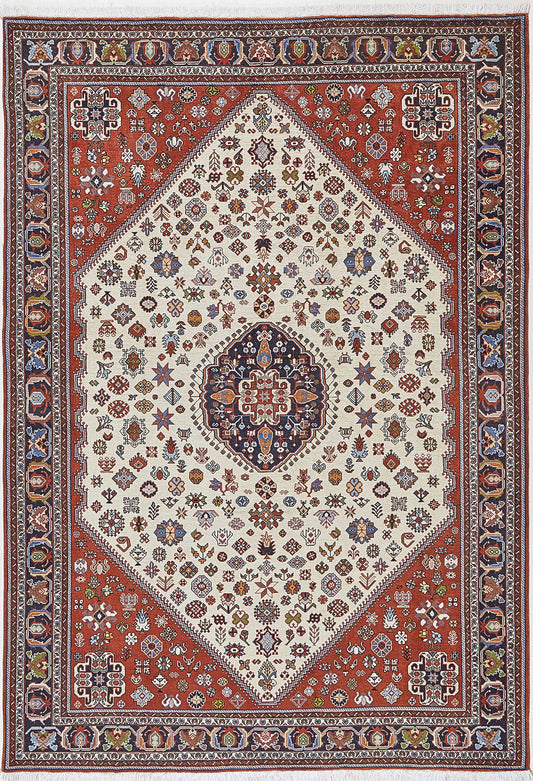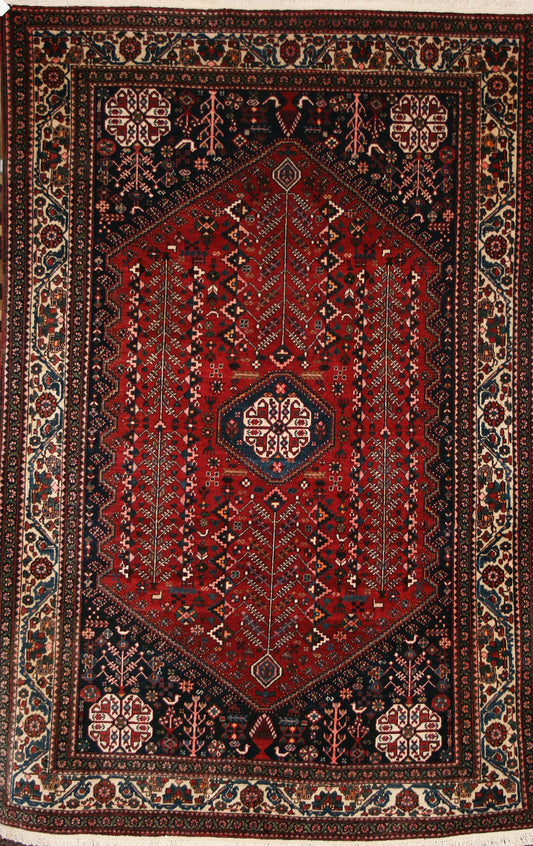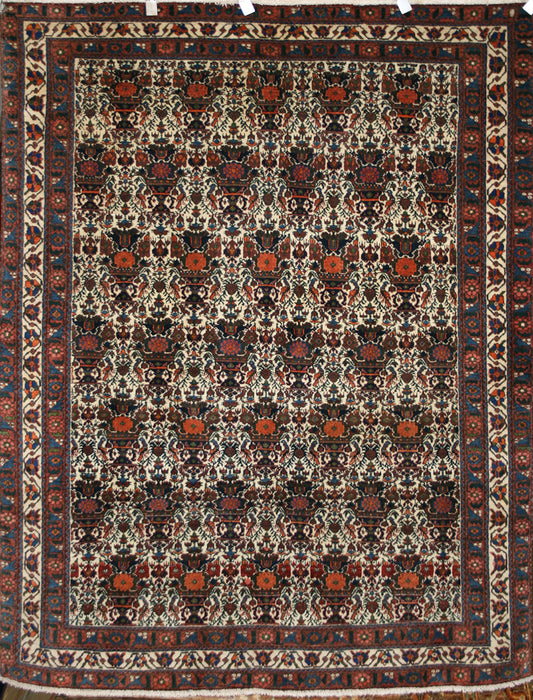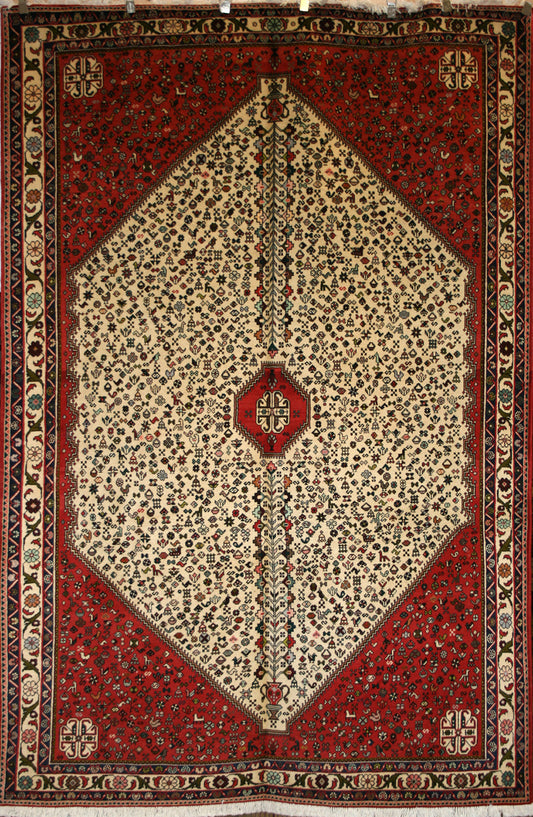Abadeh Rug History & Origin Guide
The Ultimate Guide to Abadeh Rugs: Traditional Craftsmanship Meets Modern Elegance
Table of Contents
- Introduction
- History of Abadeh
- Abadeh Rug Designs
- Colours and Materials of Abadeh Rugs
- Knotting Details and Craftsmanship
- Famous Abadeh Weavers and Workshops
- The Abadeh Region
- Conclusion
1. Introduction
Welcome to the fascinating world of Abadeh rugs, where traditional craftsmanship meets modern elegance. This guide aims to provide a comprehensive overview of the history, designs, materials, and knotting details that make Abadeh rugs unique and desirable.
2. History of Abadeh
Abadeh is a city located in southern Iran, halfway between Isfahan and Shiraz. The town has a rich history of rug weaving, dating back to the 19th century. Abadeh rugs emerged as a distinct style in the early 20th century, when local weavers started combining elements from both Qashqai and Isfahan rug-making traditions, resulting in a distinctive and appealing blend.
3. Abadeh Rug Designs
Abadeh rugs often feature a central medallion, similar to those found in Isfahan rugs, surrounded by a field filled with stylized floral and geometric motifs. These motifs are inspired by the tribal designs of the Qashqai people, giving Abadeh rugs their unique character. The borders of Abadeh rugs typically feature intricate patterns, often incorporating floral elements and geometric shapes that further enhance their visual appeal.
4. Colours and Materials of Abadeh Rugs
The primary materials used in the production of Abadeh rugs are sheep's wool for the pile and cotton for the warp and weft. The wool provides a soft and durable surface, while the cotton foundation ensures strength and longevity. Abadeh rugs often feature a rich palette of colours, including deep reds, blues, and browns, as well as more subtle shades of ivory, beige, and green. Natural dyes derived from plants and insects are traditionally used to create these vibrant hues.
5. Knotting Details and Craftsmanship
Abadeh rugs are known for their fine craftsmanship, with knot counts typically ranging from 150 to 300 knots per square inch. The higher knot count allows for intricate and detailed patterns, showcasing the skill of the local weavers. Abadeh rugs are hand-knotted using the Persian (Senneh) knot technique, which contributes to their durability and long-lasting quality.
6. Famous Abadeh Weavers and Workshops
While there are no specific weavers or workshops that have gained widespread fame in the production of Abadeh rugs, the town itself is renowned for its skilled artisans and the overall high quality of its rugs. Abadeh's reputation as a hub for exceptional rug craftsmanship has grown over the years, and the town's weavers continue to produce beautiful rugs that are highly sought after by collectors and enthusiasts alike.
7. The Abadeh Region
Abadeh is situated in the Fars Province of Iran, an area with a rich history and cultural heritage. The region is known for its stunning landscapes, including the Zagros Mountains, which provide an idyllic backdrop for the town's rug-making tradition. The Abadeh region has a semi-arid climate, with hot summers and cool winters, making it well-suited for sheep farming and the production of high-quality wool.
8. Conclusion
Abadeh rugs hold a unique place in the world of Persian carpets, combining traditional craftsmanship with modern elegance and intricate designs. This guide has provided an overview of the history, designs, materials, and knotting details that make Abadeh rugs so distinctive and desirable. By understanding the intricacies and cultural significance of these rugs, collectors can appreciate the true value and beauty of Abadeh's masterpieces.
Browse Our Current Selection of Abadeh Rugs
-
Persian Abadeh Rug
Regular price £5,885.00Regular priceUnit price / per -
Persian Abadeh Rug
Regular price £1,805.00Regular priceUnit price / per -
Semi-Antique Persian Abadeh Rug
Regular price £3,695.00Regular priceUnit price / per -
Persian Abadeh Rug
Regular price £4,245.00Regular priceUnit price / per




